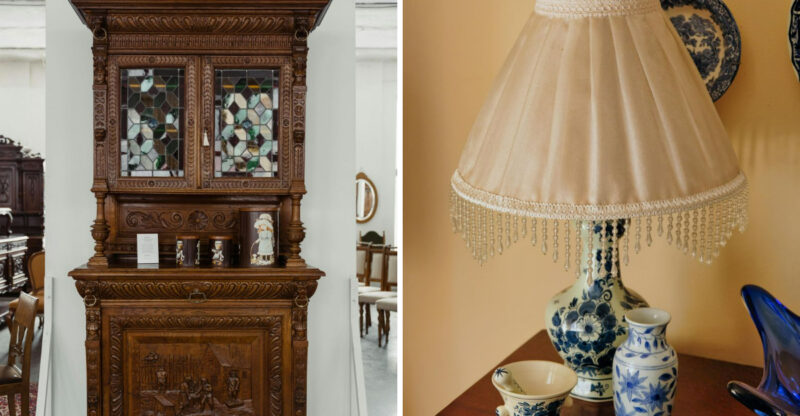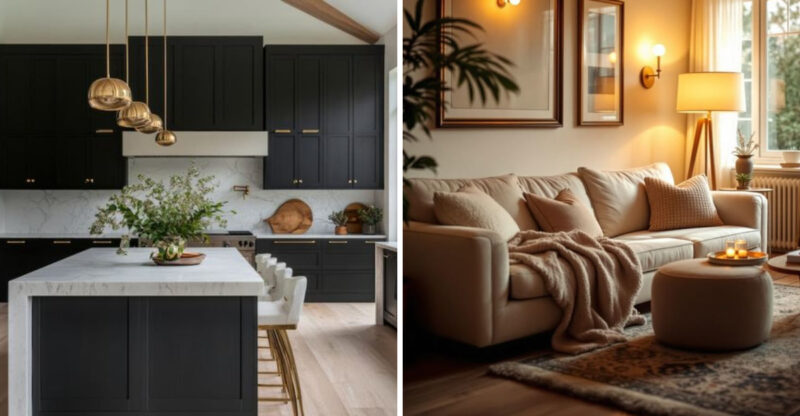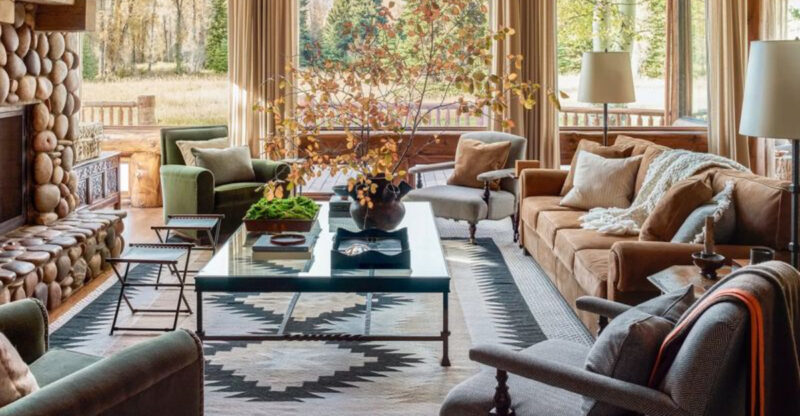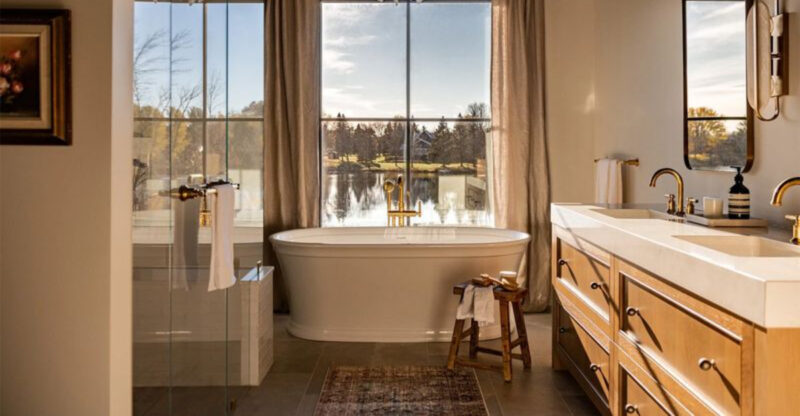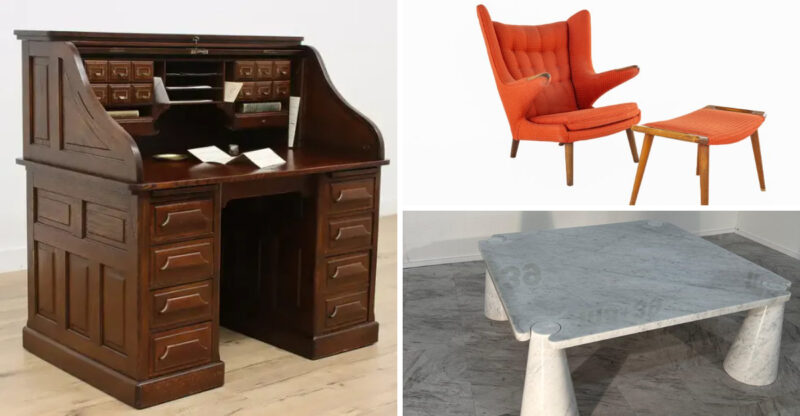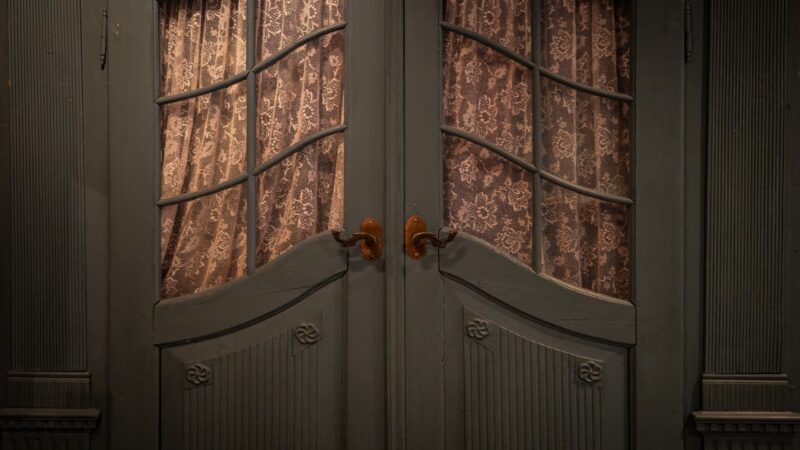8 Practical Tips That Can Help You Create A Cohesive Kitchen Design
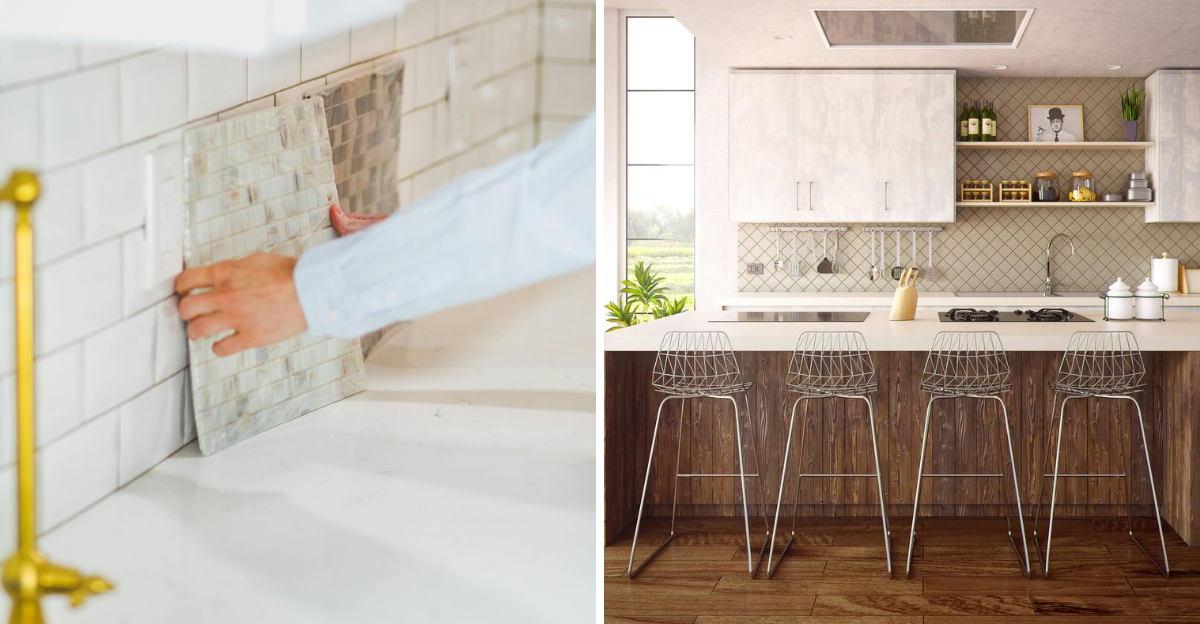
Kitchens are the heart of our homes, where we cook, eat, and make memories with family and friends. Creating a cohesive kitchen design means all elements work together to form a space that looks great and functions well.
Whether you’re planning a full remodel or just refreshing your current kitchen, these practical tips will help you achieve a unified look that feels just right.
While these ideas can inspire your design, always follow building codes, safety guidelines, and professional recommendations when making changes to your kitchen.
1. Pick A Color Scheme That Flows
Colors set the mood in your kitchen and tie everything together. Start with three main colors: one for cabinets, one for countertops, and one for accents like backsplashes or accessories.
Natural tones like whites, grays, and wood finishes never go out of style. Add pops of color through easily changeable items like dish towels or fruit bowls if you want some brightness without commitment.
2. Unify Your Hardware Choices
Cabinet handles, drawer pulls, and faucets might seem small, but they make a big impact! Matching metals create a pulled-together look that feels intentional rather than random.
Brushed nickel and matte black are versatile options that work with many styles. For a designer touch, ensure your light fixtures match or complement your hardware choices – this subtle connection makes your kitchen feel professionally designed.
3. Create Rhythm With Repeating Elements
Repetition builds harmony in your kitchen design. Consider using the same type of tile in different areas or repeating a specific shape throughout the space – like square cabinet panels and square tile.
Even simple things like consistent spacing between elements creates visual rhythm. Remember how satisfying perfectly spaced open shelving looks? That’s the power of repetition at work! Your eye naturally follows these patterns, making the whole space feel balanced.
4. Balance Open And Closed Storage
Kitchens need both hidden storage for clutter and open areas to display pretty items. A mix keeps things interesting while maintaining function.
Glass-front cabinets offer a middle ground – they showcase special dishes while keeping them dust-free. Open shelving works best when items share a color theme or purpose. The key is finding your personal balance between showing off special pieces and hiding everyday necessities.
5. Connect Countertops And Backsplash Thoughtfully
The junction where countertops meet backsplash is a critical design moment. These elements should complement each other without competing for attention.
For busy granite or quartz countertops, consider a simple, solid-color backsplash. With plain countertops, you can go bold with patterned tile. Some designers even extend the countertop material up the wall as a backsplash for a seamless, high-end look that eliminates visual breaks.
6. Mind Your Lighting Layers
Good kitchen lighting isn’t just one big ceiling light – it’s layers working together. You need task lighting for cooking spots, ambient lighting for overall brightness, and maybe accent lighting to highlight special features.
Under-cabinet lights illuminate countertops where you chop and mix. Pendant lights over islands add style while providing focused light. When these layers work together in similar styles or finishes, they create a cohesive look that functions beautifully at all hours.
7. Maintain Consistent Scale And Proportion
Size relationships matter tremendously in kitchen design. Oversized pendants over a tiny island or tiny hardware on huge cabinet doors can make everything feel off-balance.
Consider your kitchen’s overall size when selecting elements. Large kitchens can handle bigger light fixtures and chunkier hardware, while compact spaces need appropriately scaled pieces. Even your decorative items should follow this rule – a massive fruit bowl might overwhelm a small counter but look perfect on a spacious island.

